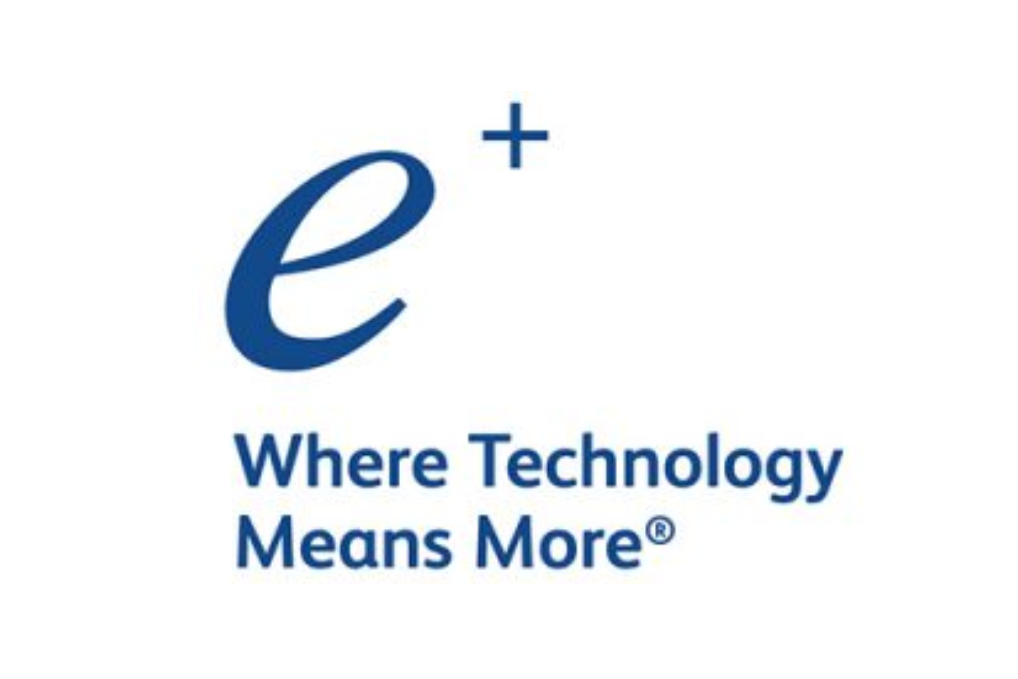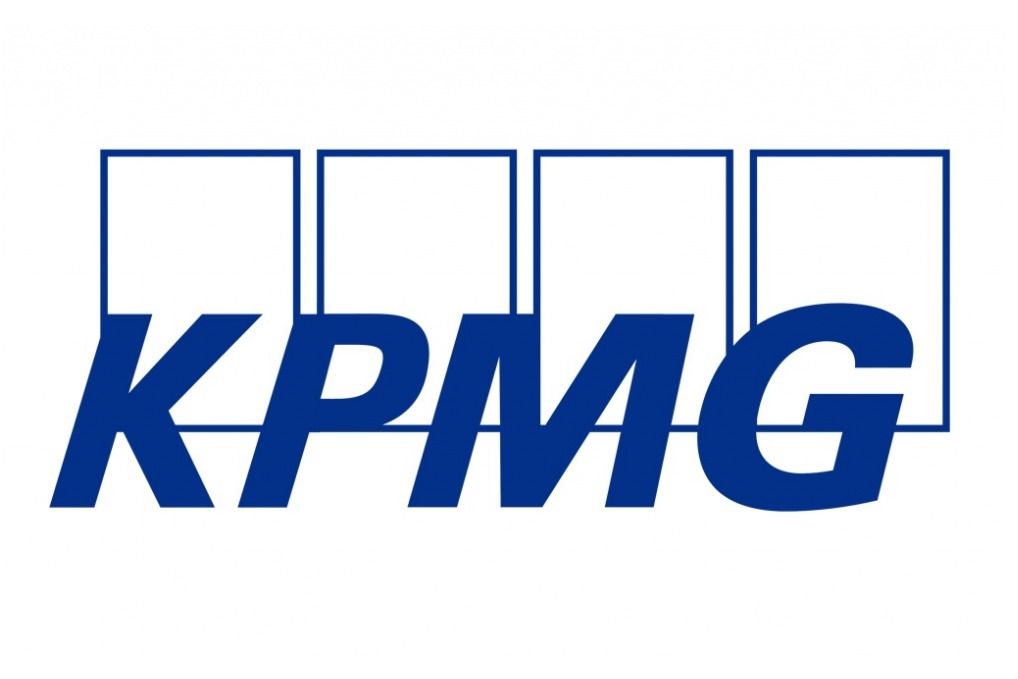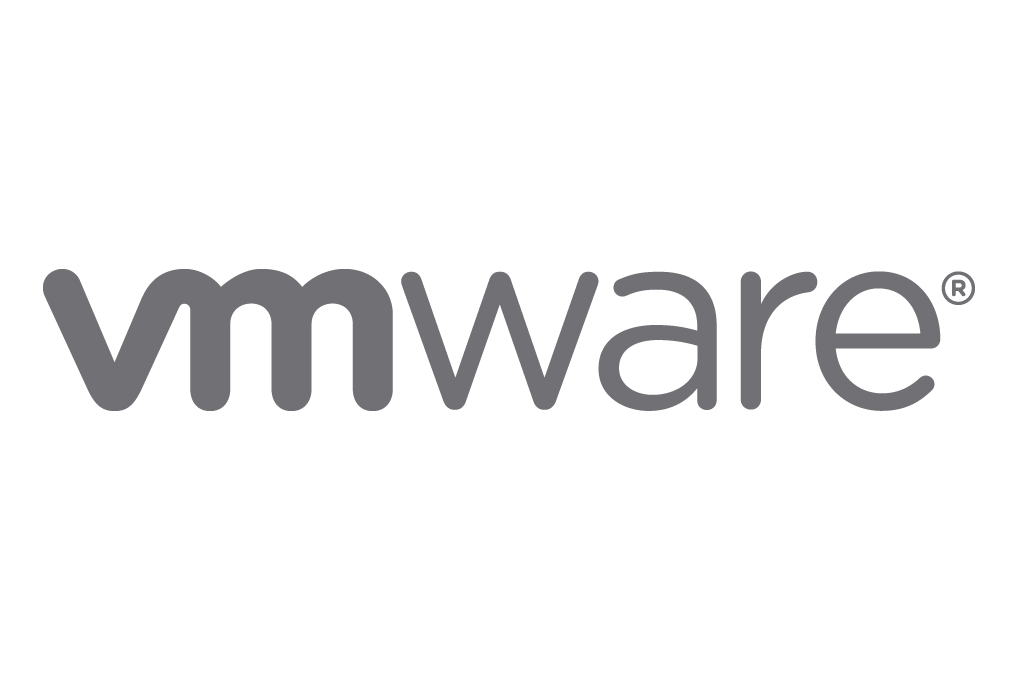Professional Development & Continuing EducationData Analytics Summit | 2019
May 2, 2019
Driving Results through Data Visualization and Advanced Analytics
This summit focuses on best practices in applying analytics to drive business value. Sessions will cover lessons learned and results achieved by implementing analytics solutions. Topics will range from Data Visualization to Artificial Intelligence, Machine Learning, and deep learning technologies. These approaches are rapidly becoming critical to gaining new insights and improving performance and services.
Those leading and/or involved in efforts to better utilize data analytics in different disciplines from industry to government to academia will gain great value by attending this summit.
In addition to sessions on Applied Analytics Successes, there will also be technical sessions demonstrating analytics software technologies. This popular event will include presentations from tech companies and stunning scientists sharing their programs and ideas in advanced analytics.
Summit Co-Chairs:
Kevin Purcell, Associate Professor of Data Science and Program Lead for ANLY Program, Harrisburg University
Srikar Bellur, Assistant Professor of Data Analytics, Harrisburg University
Siamak Aram, Assistant Professor of Analytics, Harrisburg University
Summit Tracks

Applied Analytics and Data Visualization
Track 1

Artificial Intelligence
Track 2

Machine Learning / Deep Learning
Track 3

HU Research
Track 4
Schedule
| 9:00–9:15 am | Opening Remarks Eric Darr President, Harrisburg University Kelly Logan Vice President Strategic Workforce Development and Continuing Education, Harrisburg University | |
| 9:15–10:00 am | Morning Keynote: Analytics Enablement Through Robotic & Intelligent Automation (R&IA) Robotic and Intelligent Automation brings together Robotic Process Automation (RPA), Intelligent Optical Character Recognition, Intelligent Chat, and Analytic Capabilities into a comprehensive solution, shifting the human workforce away from transactional, administrative activities to high-value, mission driven work. As a result, operational efficiency and customer experiences improve while costs decrease. Deloitte’s Center for Government Insights estimates that RPA alone could save the federal government $4.1 billion within 5-7 years, and Forrester predicts that AI can free up to 30% of the government workforce within the same timeframe. While RPA is limited to rules-based programming, inclusion of analytics capabilities allows for handling of unstructured inputs and more insightful outputs, elevating the overall solution closer to true AI. This session will discuss how R&IA enables data analytics and advanced visualization through aggregation, manipulation and movement of data as well as providing mechanisms by which staff and clients can smoothly interact with analytic outputs. Christopher Rose Principal, Deloitte Watch the Livestream View the Presentation | |
| 10:15–11:00 am | Applied Analytics and Data Visualization | Governor Wolf’s Commitment to Using Data to Deliver Government That Works Commonwealth of Pennsylvania’s Open Data program is the collaborative result of partnerships with the civic technology community, institutions of higher education, business partners, state agencies and the Governor’s office. Working with these stakeholders, Pennsylvania was able to quickly establish a robust and successful statewide program where none had previously existed. Focus is on providing high-value data surrounded by layers of data quality, policy and legal reviews fully respecting privacy, protecting confidentiality and ensuring quality. The open data portal represents innovation and integration of data and provides the platform for feedback. It is the beginning of community engagement, crowd-sourcing and collaboration between government, its partners and the public stemming from data as the raw source of information and the government’s most valuable and strategic asset. The Governor’s Office of Performance through Excellence mission is to work with stakeholders and employees at every level of government to use the Lean management improvement methods backed by data to cut red tape, become nimbler, remove inefficiencies, provide value, improve customer service, and achieve measurable results by identifying and tracking key performance indicators. OPE will share their work and cite other enterprise examples of how government is using data during the decision-making process. Colby Clabaugh Executive Director, Office of Performance Through Excellence Jere Matthews Open Data Officer, Office of Administration John Long Data Scientist, Office of Administration – Commonwealth of Pennsylvania Watch the Livestream View the Presentation |
| Artificial Intelligence | Leveraging Natural Language Processing to Improve Efficiency and Outcomes Correspondence is time-intensive. Clients face challenges with information access and inconsistent communication which traces back to a truth- it takes an exhausting amount of time to locate, read, and understand the information needed from a mountain of scattered documents and data. Using natural language processing can assist by identifying relevant material from existing documents ranked by relevance, and pinpoint draft language for personnel to utilize in formulating responses. We will demonstrate the ability to ask a question and receive answers pulled from a repository by breaking down any questions into components and using learned information and domain-specific terminology. The tool we will demonstrate intelligently expedites a manual and time intensive process, reading language, while simultaneously solving issues of information access and standardization to improve consistency, accuracy and predictability and build a centralized library of critical information that is relevant to your mission. Rafi Lav Specialist Master, Deloitte Watch the Livestream View the Presentation | |
| Machine Learning/Deep Learning | Cybersecurity SIEM Analytics Machine learning, Artificial Intelligence, and other analytical technologies are having a profound impact on the cyber-security industry. In this presentation we will walk through some of the current and popular projects that are being used in Cybersecurity. These projects include sophisticated malware that are using advanced algorithms to hack critical systems to advanced Security Incident and Event Monitoring systems (SIEM’s) that are used to protect organizations against external threats. Brandon Keath Cybersecurity Practice, Appalachia Technologies View the Presentation | |
| HU Research | Uncovering Factors Patients Use to Evaluate Meaningful Response to Migraine Treatment The objective of this project was to establish factors which are most important to patients when appraising the efficacy of migraine treatment using a data driven, rather than doctor driven approach. Migraine is a debilitating condition that impacts a multifaceted set of factors for a person, including physical, productivity, social, and cognitive factors. One concern is that current popular assessment tools for migraine do not adequately view the patient as a whole for their treatment, and traditionally only focus on only physical, pain-related items. Therefore, this project had two goals: first, to establish factors which are most important to patients when appraising the efficacy of headache treatment, and second, to develop a patient-reported outcome measure to evaluate meaningful response to headache treatment regimens, as defined by patients. Several stages of data collection and analysis have suggested that there is a gap between the factors patients with migraine find important when appraising the efficacy of headache treatment and current assessment tools. Further research into developing patient-centric assessments would help to improve patient communication with their provider and give a quantitative way to assess treatment response all while focusing on important factors patient’s use to gauge their response to treatment. These results will be discussed within their future applications to developing analytics tools for both the provider and patient. Erin M. Buchanan, PhD Professor, Cognitive Analytics – Harrisburg University | |
| 11:15–12:00 pm | Applied Analytics and Data Visualization | Got Data? – Visualize it! Data visualization is the practice of displaying data in a format that is easy for others to consume. Data visualization is far more than creating a bar chart or histogram. There is a rich set of tools and techniques that can be applied to make the visualization user-friendly for the intended audience. This presentation will focus on best practices when creating data visualizations. In addition, you will be shown how to incorporate Edward Tufte design techniques into visualizations. Billie Anderson Professor of Analytics, Harrisburg University Watch the Livestream |
| Artificial Intelligence | Artificial Intelligence in Healthcare – The Art of the Possible Artificial Intelligence (AI) has become part of our vernacular. Amazon recommends items based on past purchases, Netflix suggests movies from past viewing, while Alexia and Siri respond to human requests. In healthcare, AI is supporting decision making for patients and clinicians through wearables and clinical decision support. The future use of AI holds great promise, only if we learn how to properly apply it today. During this session we will start with the fundamentals of what AI is, how it is currently leveraged healthcare, discuss lessons learned and look to the future application of AI to improve patient care. Mohammad R. Arbabshirani Data Scientist, Innovation & Enterprise Solutions, KPMG Watch the Livestream View the Presentation | |
| Machine Learning/Deep Learning | Deep Learning Approach to Find the Correlations Between Addiction Behavior in Gaming & Brain Activation Using Functional Near-infrared Spectroscopy The study focuses on the information gathered by Functional Near-infrared Spectroscopy (fNIRS) and Iowa Gambling Task (IGT) to study how prefrontal cortex brain activation and gaming addiction correlate. This will give the primary results for the hypothesis on how the choices one makes in real life are connected to the prefrontal cortex’s hemodynamic changes, which are tied to the decision a person makes. As a pilot study, we are investigating brain activity using fNIRS to identify the characteristics of addictive behavior in gaming and e-sports. Using both approaches, IGT and fNIRS gives us a new mechanism that enables us to make more accurate characterizations of the link between a person’s decision-making abilities, their hemodynamic factors, and the responses recorded for each patient during this experiment. Saeed Esmaili Assistant Professor, Harrisburg University Siamak Aram Assistant Professor, Harrisburg University Roozbeh Sadeghian Assistant Professor, Harrisburg University | |
| HU Research | Automated Diagnosis of Parkinson’s Disease in Neuroimaging Data Using Deep Learning The true cause for Parkinson’s Disease (PD) is still unknown, and the diagnosis of PD does not include a specific objective test with certainty. Recent studies and advances in brain imaging technology have shown improvement in visual interpretation for PD. The proposed study mainly focuses on finding distinguishing characteristics in neuroimaging data which assist in diagnosing the PD with automation and higher accuracy. Since deep learning techniques have proved their ability in achieving the highest accuracy in different imaging-based applications, the main objective is to use deep learning framework to perform and improve automated imaging diagnosis for PD in clinical settings. This proposed approach successfully classified noninvasive and less expensive neuroimaging resting-state functional MRI (rs-fMRI) data to distinguish PD from the control group. Pranita Patil Research Fellow and PhD Student, Harrisburg University View the Presentation | |
| 1:00–1:45 pm | Afternoon Keynote: Machine Learning Application in Data Integration To explore the relationship between two sets of multi-dimensional variables, the coordinate system in which variables are described is crucial. Even strong correlations between sets of variables may not emerge if an inappropriate coordinate system is used. Canonical Correlation Analysis (CCA), is an unsupervised learning method which learns a pair of linear transformations (coordinate systems), one for each set, such that the projections of each set onto these coordinates are maximized. Often in neuroimaging datasets, the number of features is larger than samples, as in our case causing overfitting of the training set. We used regularized CCA (R-CCA) to avoid an overfitting problem. Moreover, the regularization parameter keeps the parameters of the model small, so it is less likely to face high bias problem. To estimate the robustness of R-CCA model, we used the leave-one-out cross validation (LOOCV) method and calculated the mean squared error for each left out data-point. Amir Gandjbakhche Senior Investigator Hadis Dashtestani Pre-Doctorate Fellow – National Institutes of Health, National Institute of Child Health & Human Development Watch the Livestream View the Presentation | |
| 2:00–2:45 pm | Applied Analytics and Data Visualization | Graphs as Explanatory Records of Complex Real-World Activity In this talk, we will explain how graph data structures serve as models of real-world activity, such as cyber attacks, money-laundering crimes, social interactions, and more. By formalizing records into a graph analytic paradigm, professionals can blend complex events from disparate data sources into a holistic portrait of activity across an organization. We will discuss new work in this arena, specifically in the arena of forensic and threat intelligence where time to solution is critical and data sources are often unstructured. Joseph Mosby Specialist Master Eric Dull Specialist Leader – Deloitte Watch the Livestream |
| Artificial Intelligence | Artificial Intelligence in Today’s World Artificial Intelligence can help organizations boost productivity and unlock new possibilities. Using machine learning and deep learning techniques, AI helps find insights hidden in data without explicitly being told where to look or what to conclude. AI solutions include comprehensive, intuitive machine learning tools with capabilities like natural language processing, computer vision, and forecasting and optimization, resulting in better recommendations for faster, smarter decision making. Learn about the use of AI in innovative ways to improve your organization’s operations. Jennifer Robinson Director, Local Government Sales, SAS Watch the Livestream View the Presentation | |
| Machine Learning/Deep Learning | Is Machine Learning Another Industrial Revolution? From Industry to Healthcare Artificial intelligence(AI) makes it possible for machines to learn from experience, adjust to new inputs and perform human-like tasks. From voice assistant to movie recommendation, and from Amazon Alexa to social media face detection, they are all heavily depend on AI. Considering the huge impact of Machine Learning(ML) on our daily life, it is important for every business decision makers to have a good sense of latest topics in ML area. This was the main motivation of developing a certificate at HU which focuses on teaching the latest state of the art techniques of AI/ML. The goal is to ensure businesses and individuals have the necessary education and training to succeed in the AI-powered future. The audience will benefit by: Learn in-person from renowned HU faculty and leading industry practitioners and understand the challenges posed by AI/ML in the workplace. Finally, they can apply cutting-edge, industry-relevant knowledge in AI/ML. Roozbeh Sadeghian Assistant Professor, Harrisburg University | |
| HU Research | Extracting Signal from the Noisy Environment of the Pine Creek Watershed The Susquehanna River Basin Commission (SRBC) sponsored the project conducted by our team at Harrisburg University of Science & Technology (HU). SRBC needs to manage multiple stakeholder requirements while sustaining a complex environment system. The requirement was to differentiate significant events or signal in water quality measurements from the complex system’s noisy behavior. The goal of our analysis was to determine which environmental indicators have positive and negative influences on the ecosystem in the watershed. Additionally, we were to determine the effects of environmental indicators on the biotic response. With the help of exploratory data analysis (EDA) and generalized additive model (GAM), deeper insights into the biotic response to potential events that affect the macroinvertebrates and fish that live within the watershed are generated. The GAM was able to determine a significant amount of signal from the noise that was occurring within the data. Andrew Dehoff, P.E. Executive Director James Shallenberger, Manager, Monitoring and Protection Gene G. Veno, Director of Governmental Affairs and Public Advocacy, Susquehanna River Basin Commission Emily Wefelmeyer, Research Fellow Pranita P. Patil, Research Fellow Kevin Purcell, Associate Professor, Harrisburg University View the Presentation | |
| 3:00–3:45 pm | Applied Analytics and Data Visualization | Data Analytics in the Cloud – Using Technology to Help Communities Combat Homelessness The disparate nature of current homeless information management systems limits a community’s ability to identify trends or emerging needs, measure internal performance goals, and make data driven decisions about the effective deployment of limited resources. With the shift in recent years to whole person care, there is increasing demand to connect these disparate systems to affect better outcomes. In this presentation, we have outlined four pillars of how AWS technology and services can act as a best practice to organizations looking to leverage the cloud for Homeless Management Information Systems (HMIS): – Connect disparate data sources using a data lake design pattern. – Make predictions using data analytics workloads, big data, and machine learning. – Manage identity and vital records for people experiencing or at risk for experiencing homelessness. – Leverage the AWS Business Associates Addendum (BAA) and associated services for Health Insurance Portability and Accountability Act (HIPAA) Compliance and NIST based assurance frameworks. Alistair McLean Principal Solutions Architect, Amazon Web Services |
| Artificial Intelligence | Data Defined. The Good, the Bad, and the Ugly We’re at a pivotal moment in the development of the data economy, with big changes in regulations and in public perception of corporate behavior. The rules and expectations keep changing. Individual consumers have more power than ever before through analytics, AI and other ways to harness and access data – companies and consumers grapple with this new reality. Some interesting facts came out of the research: – Consumers will share sensitive data but don’t trust the companies they share with, or fully understand how much is collected and used. – Companies better at protecting own data than their customers. Investing in emerging technologies like (AI), Analytics etc to power growth – so really see a positive influence of harnessing the power of the data at their disposal. We will provide applied case studies of how organizations are using the power of data through analytics and AI to drive growth and save lives. Shamlan Siddiqi VP & CTO Public Sector, NTT Data Watch the Livestream | |
| Machine Learning/Deep Learning | Diagnosing Alzheimer’s Disease with Speech and Language Alzheimer’s disease (AD) is a progressive and irreversible brain disease that occurs in older adults and is the sixth most common cause of death in the United States. In recent years, researchers have begun to suspect that the deterioration of the brain begins years, maybe even decades, before it is diagnosed with today’s diagnostic criteria. Since AD affects the speech and language centers of the brain, there is hope that earlier detection will come through analyzing speech and language patterns to predict an AD diagnosis. An earlier diagnosis will provide the option for earlier treatment to slow the deterioration of the brain. Currently, we have built a model using random forests to predict an AD diagnosis using the transcripts of speech samples obtained from subjects with and without AD. The final goal of this project is to diagnosis AD in the earliest stages. Emily Wefelmeyer Research Fellow Roozbeh Sadeghian Assistant Professor, Harrisburg University View the Presentation | |
| HU Research | Deep Learning-based Dashboard to Help Protect Susquehanna River Basin Streamlined access to data makes forecasting, monitoring, and timely actions much easier for any organization. In business, education, or even environmental protection, quick access to data can mean the difference between achieving and not achieving a central goal. For the Susquehanna River Basin Commission (SRBC), data is key to the commission’s core mission, which is to enhance public welfare through comprehensive planning, water supply allocation, and management of the water resources of the Susquehanna River Basin. River basin management involves multiple stakeholders and scientific management requires significant forecasting capabilities. Our team is working to build the requisite dashboards. In our work, we will combine data mining, deep learning techniques and visualization to identify relationships between various environmental parameters and indicators and present them to facilitate better decision making. This will help to develop decision-support tools/methods for governments and businesses, that help them make better, informed, pragmatic and more effective decisions. [ Sridhar Ravula PhD Student, Harrisburg University Pranita Patil PhD Student, Harrisburg University Siamak Aram, Assistant Professor, Harrisburg University View the Presentation |




